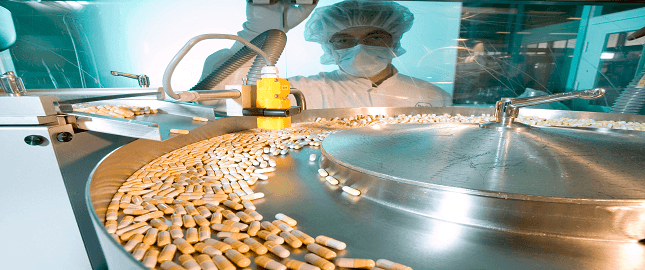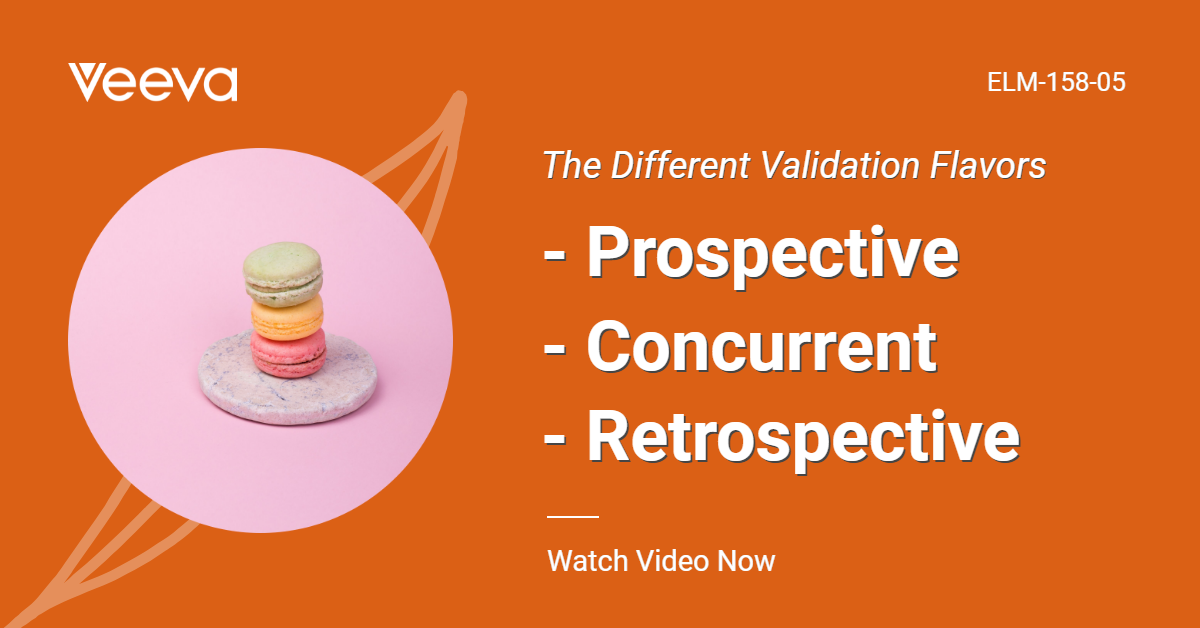Once upon a time, a company decided to improve their packaging sealing process. They selected equipment with a new technology that would process more products in less time with improved seal characteristics. The equipment was specified and approved.
A qualification project team was formed and prepared a validation project plan that described how the revised processes would be developed and tested, how the equipment would be evaluated, its short term capability assessed, how the entire process would be revalidated, and who will be responsible for testing.
Installation Qualification
Installation Qualification (IQ) protocol and report were prepared and approved. These documents established that the installation conformed to the manufacturer’s recommendations. It included things like:
- Wiring and Electrical Checks
- Basic Functionality Tests
- Confirmation of the Drawing against the Actual Equipment
- Environmental Conditions
- Safety and Ergonomic Assessment
After completing the IQ, the qualification project team established a maintenance program, which involved quarterly checks of the motor, the rotary belts, and lubrication of the parts. They also established the calibration program, which involved a semi-annual check of the pressure gauges and temperature indicators against calibration standards. PM and calibration documents were created and routed for approval. After the IQ report was approved, the equipment was then logged into the Change Control program. Now any time a change is being considered for the equipment, it must be formally documented and assessed for its impact on the state of qualification.
Operational Qualification
The operational Qualification (OQ) was planned and documented in an OQ protocol. The qualification project team performed a risk analysis. The equipment was fully tested to ensure it performed as expected. Equipment controls were exercised over their specified operating ranges. The related operating characteristics including heat distribution in sealing zone and time to reach uniform temperature were measured and established. The qualification project team verified that the equipment operated in a stable and safe manner.
The heat-sealing process was developed. A desired seal strength was identified through experiments conducted on the equipment; using representative product to determine what process settings resulted in the desired seal strength. Raw data was recorded on data sheets, and reviewed by independent reviewers to confirm that accepted good documentation practices (GDP) were followed.
Worse case operating conditions, the ranges of process parameters and associated conditions that resulted in acceptable product, were defined. Operating procedures with the new process parameters and operating instructions were prepared and approved.
The qualification project team and the operations staff were trained. The training was documented.
Performance Qualification
A performance qualification (PQ) was written and approved. The key characteristic was seal strength. The acceptance criteria were detailed for all evaluations/testing. Sampling plans based on statistical rationale providing confidence in the results detailed how many samples would be collected and at what times. For heat-seal strength, the plan was to collect two samples every five minutes from the beginning and end of each three hour run.
One of the two samples would be tested. The other would be retained in case the first was spoiled or an investigation was necessary. Process controls were set at midpoint for each of the three PQ runs.
Prior to the execution of the approved PQ protocol, the packaging engineer needed to make a change to one of the PQ tests. An amendment to the PQ protocol was prepared and approved by the same approvers of the PQ protocol before execution.
Deviation
During the heat-seal strength test, the tester did not follow the required 10 minute ambient exposure time for test sample preparation prior to testing. A deviation report was prepared to document the deviation. It described the deviation and the impact and resolution. Also, some samples from the second run were accidentally dropped on the way to the lab. An exceptional condition / exception report was prepared to document this unexpected incident. It described how they were spoiled and defended statistically that the missing samples would have minimal effect on the conclusions of the qualification results. The deviations and exceptional conditions reports were attached to the PQ report for approval.
PQ Report
The PQ report summarized the validation activities, listed all the deviations and exceptional conditions/exception. All acceptance criteria were met. The PQ report provided a conclusion that the modified process met or exceeded product and process specifications. The approval authority approved the PQ report. There was no need to update the risk analysis document, as there no open issues or new risks at the end of the PQ.
Design validation was not required, the product specification were not changed. It would not be necessary to repeat clinical trials.





